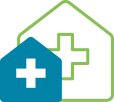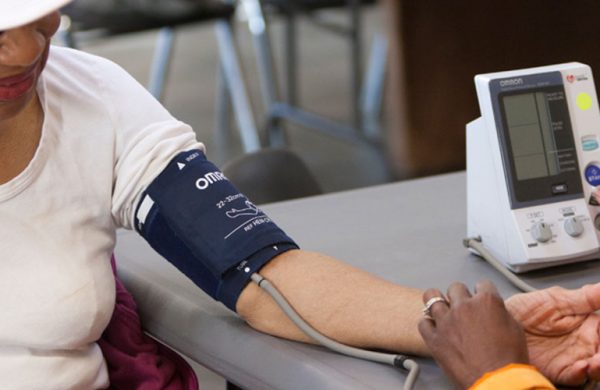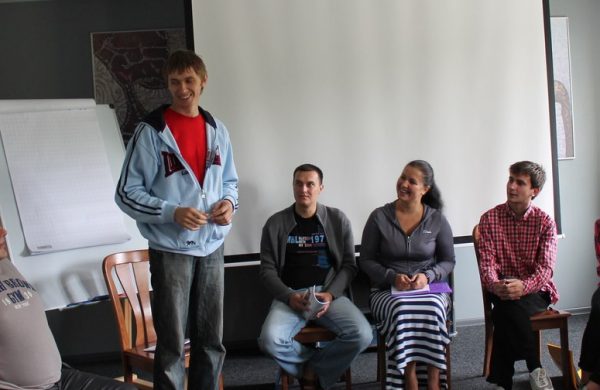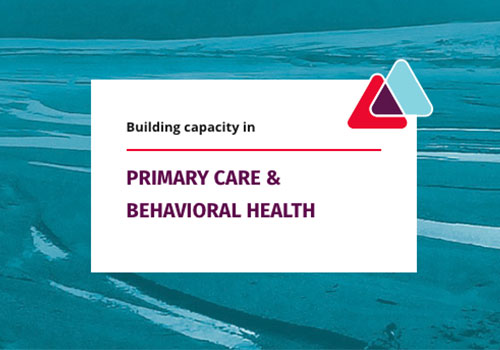Population Health
Over the last several years, we have designed and led two programs focused on improving treatment for people with opioid use disorder. Combined, these programs supported more than 70 primary care health centers in California with designing new or expanding existing medications for addiction treatment (MAT) programs. MAT includes FDA-approved medications for OUD: methadone, buprenorphine, and naltrexone.

The programs increased the number of active MAT prescribers by 150 providers — equivalent to more than two active prescribers per participating clinic. In addition, they led to a combined increase of more than 2,000 patients receiving MAT. Many participants doubled or tripled the number of patients accessing MAT for opioid use disorder. Central to these successes was the creation of learning communities which offered a structured forum to develop new capabilities, share best practices, and discuss lessons learned. We sought to build on this success through a third wave of the collaborative.
A third cohort of primary care health centers focusing on increasing access to medications for addiction treatment in primary care for patients with opioid use disorder.
We’re reducing heart attacks and strokes, and improving clinical systems and processes.
A second cohort of primary care health centers focusing on increasing access to medications for addiction treatment in primary care for patients with opioid use disorder.
We’re increasing access to medications for addiction treatment in mental health and substance use disorder settings for patients with opioid use disorder.
We’re focusing on increasing access to medications for addiction treatment in primary care for patients with opioid use disorder.
We’re leveraging the strengths of state associations to spur promising payment and delivery reforms.
We’re bringing together safety net primary care organizations to strengthen and advance their population health management strategies.
We’re partnering with Kaiser Permanente in Northern California to support community health organizations in reducing heart attacks and strokes in high-risk patient populations.
The Transformation Accelerator expedites the pace of change and improvement in community health centers working to transform care for their most vulnerable patients









